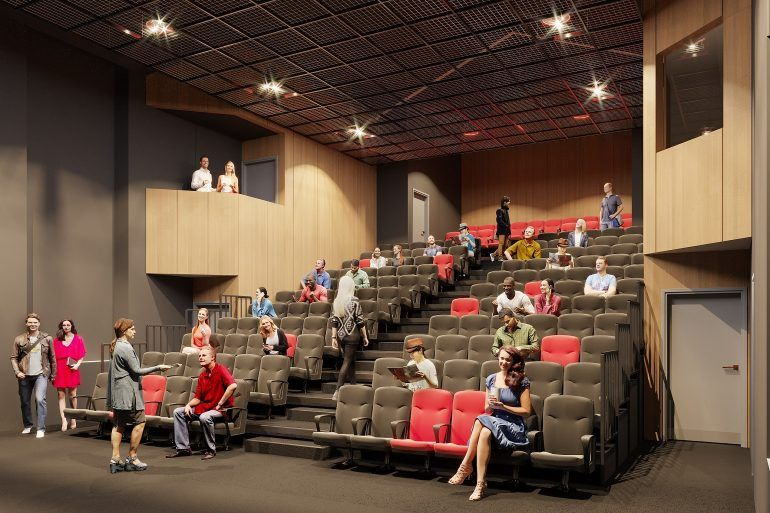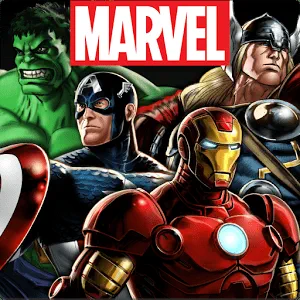“No One’s Watching Trailers”: Why AMC’s 34-Minute Pre-Show Might Break the System
It used to be a ritual. The lights dimmed, popcorn in lap, and the trailers rolled—your first taste of what’s next. But these days? You’re lucky if anyone’s even in their seat.
Last night, someone clocked 34 minutes of pre-show content before a screening of F1 at The Grove in L.A. That’s not a typo. Thirty-four. You could watch an episode of Succession and still walk in before the film starts. This isn’t an isolated incident—it’s policy. AMC Theatres now quietly warns moviegoers to expect 25–30 minutes of ads and trailers before the actual feature even begins.
Studios are pissed. They’re paying six-figure sums for theatrical trailer placement—one of the last reliable ways to get people excited about a new release. But what happens when audiences start showing up 20 minutes late on purpose?
We’re already seeing it. According to internal studio numbers reported by Deadline, only 20% of viewers were seated at the scheduled showtime for 28 Years Later in Chicago. The theater didn’t fill up until just before the movie started—12 minutes later.
So imagine you’re Sony Pictures CEO Tom Rothman. You’ve shelled out top dollar for a big splash preview, only to find your investment playing to an empty room. His blunt assessment:
“What if a trailer plays in a movie theater and no one sees it? What good does it do?”
He’s not being dramatic. The numbers back him up. PostTrak found that 22% of Mission: Impossible – Final Reckoning ticket buyers went because they saw the trailer in theaters. Same story with F1 (18%) and even Lilo & Stitch (14%). The format works—when people actually watch.
The Diminishing Return of the Theatrical Experience
AMC CEO Adam Aron’s defense? The usual boogeymen: COVID, the strikes, the collapse of the mid-budget film. He claims the extra ad time is a lifeline—and he’s not wrong. Ad revenue helps keep theaters afloat, especially when margins are this thin. But Aron also pointed out something else: “Regal and Cinemark have been doing the same thing for years.”
Right. And water’s been boiling at 100°C forever. Doesn’t make it any less dangerous to stick your hand in.
See, this isn’t just about irritation—it’s about erosion. A slow, gnawing decay of the trust between theaters, studios, and the audience. The longer the wait, the more viewers disassociate the theatrical experience from any sense of magic or momentum. It becomes just another transactional delay. Like waiting in line at the DMV, only with a $19 soda.
And the deeper problem? The audience is adapting. They’re gaming the system. People know the previews last 30 minutes, so they show up 20 minutes late. No more impulse trailer love. No more discovering that random indie gem sandwiched between two blockbusters. Just calculated arrival times and cold ambivalence.
The House Always Wins—Until It Doesn’t
From a business standpoint, it makes sense. AMC needs revenue. More ads = more money. Simple math.
But here’s the math the studios are doing:
- $150,000+ for prime trailer placement
- 10%–30% of the audience actually watching
- Rapidly declining ROI
So now the studios—who desperately need butts in seats—are starting to rethink this whole relationship. Especially now, when Jurassic World: Rebirth is flirting with a $150M July 4 opening and people are finally trickling back into theaters.
It’s like throwing a party, investing in top-tier DJ gear, and realizing your guests are arriving just in time for last call.
What Happens When the Preview Becomes the Problem?
This all sounds petty until you zoom out. The industry is in recovery mode. Every decision—no matter how small—ripples outward. And if the first thing audiences feel when they sit down is fatigue, not excitement, the system starts breaking.
Maybe trailers should feel like gifts, not chores. Maybe studios should rethink how—and where—they premiere them. Hell, maybe it’s time for theaters to offer a “trailer-free” ticket tier. Radical? Sure. But so was skipping commercials on DVRs. Until everyone did it.
I get it. Aron’s fighting to keep the lights on. Rothman’s trying to keep the hype machine humming. But the longer this goes on, the more it feels like a losing game of chicken—where the only ones swerving are the people we need most: the audience.










